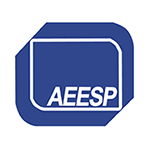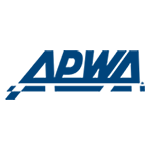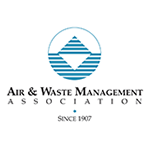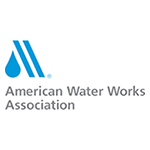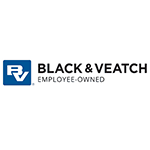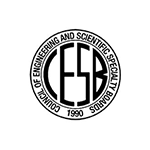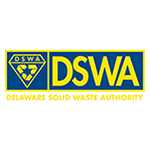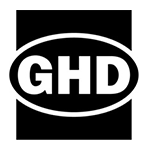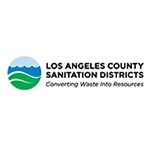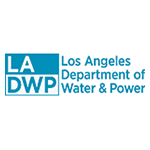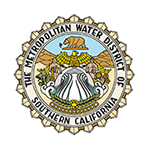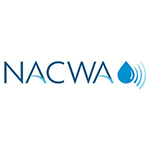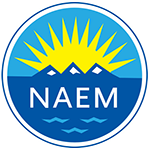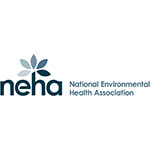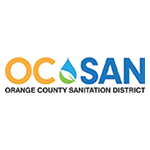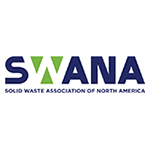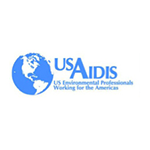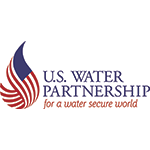2020 Environmental Communications Awards Competition Winner
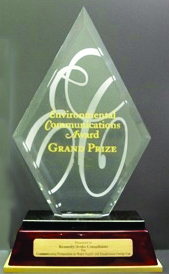
Honor Award
Phase II Recognize, Retreat, Report (3Rs) Explosives Safety Education Program
Entrant: U.S. Army Engineering and Support Center, Huntsville
Persons in Charge: Brian Jordan, Chief, Environmental and Munitions Center of Expertise | Betina Johnson, Chief, Ordnance and Explosives Design Center Division
Co-Authors: Jodie Johnson and Kim Clower, HydroGeoLogic, Inc.
Website: https://3Rs.mil
Overview
Introduction
The U.S. Army established the Recognize, Retreat, and Report (3Rs) Explosives Safety Education Program (Program) in 2000 after a fatality involving teenagers at Camp Shelby, Mississippi. In support of the Deputy Assistant Secretary of the Army for Environment, Safety and Occupational Health, the U.S. Army Engineering and Support Center, Huntsville, with support from contractor HydroGeoLogic, Inc. (3Rs Team), is implementing the 3Rs Program at Army installations nationwide to address explosives safety.
Objectives of the 3Rs Program:
- Expand explosives safety education/awareness at Army installations
- Reach audiences including children, teens, adults, workers, community members, and soldiers living on or near installations
- Help installations achieve self-sufficiency in maintaining their 3Rs Program
Challenges
The Army must use test and training ranges to maintain readiness while protecting human health and the environment. The 3Rs Program is aimed at protecting anyone who might encounter unexploded munitions at or near Army installations. However, implementing the Program broadly and consistently nationwide has been challenging. Installations have competing priorities and finite means to address them. The Army headquarters-level initiative is designed to facilitate the 3Rs Program implementation at Army installations.
Target Audiences
The 3Rs Program targets a wide range of audiences, including groups that comprise multiple ages, backgrounds, languages and various associations with the installation.
Marketing and Communications Goals
The 3Rs Program is an important safety marketing campaign for the Army whose message effectively saves lives. Its goal is to provide an Innovative approach to delivering a clear and consistent message across installations and to help installations become self-sufficient in maintaining their 3Rs Program.
Strategies for Achieving Project Goals
The 3Rs Team has developed and employed a five-phased approach for meeting project goals.
- On-Post Focus Groups
The 3Rs Team designated leads to partner with installations and evaluate the current state of their 3Rs Program through focus group interviews. In response to focus group input, the team developed 3Rs materials including vinyl decals for amnesty boxes, magnets for vehicles, and pocket cards for use at worker tailgate safety meetings (Exhibit 1). The team works with installation environmental departments to further incorporate input and to increase 3Rs Program messaging to audiences who could come into contact with munitions, including environmental contractor and public works staff conducting munitions response, groundwater monitoring, and remediation projects (Exhibit 2). Site engineers, hydrogeologists, and range managers can use the 3Rs Program to communicate human health and exposure information regarding hazardous munitions constituents to protect troops and the public (Future Value).
- Educational Resources
Clear and consistent messaging repeated across educational resources and activities is key to 3Rs awareness and learning, particularly for children. The 3Rs Team standardizes language, color schemes, logos, and materials to ensure consistent messaging. Additionally, it tailors educational resources to provide installation-specific information such as the Fort Irwin military families guide (Exhibit 3) and Fort Polk hunters guide and signage (Exhibit 4). The team works with installations to identify and translate into a variety of languages those educational resources that can then be ordered using a newly designed form (Exhibit 5) to address their cultural-specific needs (Creativity and Clarity, Effectiveness).
The 3Rs Team developed a media kit (Exhibit 6) to help installations spread the 3Rs safety message using print, radio, television, and online media (Innovative). Additionally, the team developed a 3Rs training course that will be available through the https://3Rs.mil website. This course will allow users to complete required 3Rs safety training. The 3Rs Team's integrated course design includes narrated presentation slides, real examples of munitions incidents, videos, and an interactive quiz (Integrated Design Approach).
- Train-the-Trainer Workshops
The 3Rs Team developed adult, teen, and child slideshows and instructor guides to present 3Rs information in an age appropriate manner (Exhibit 7). The team is conducting interactive train-the-trainer workshops to demonstrate successful presentation and training techniques for installation trainers (Exhibit 8). Pre- and post-training surveys allow the team to obtain and incorporate feedback into future workshops (Effectiveness).
- Outreach Event Support
The 3Rs Team uses creativity to engage families and child audiences. The Team designed a tent to incorporate the 3Rs branding and redesigned Sergeant Woof's mascot costume to better attract audiences at outreach events consistent with 3Rs messaging. Event attendees are further engaged with games and Program-branded giveaways (Exhibit 9). For classrooms, the team developed a short skit that involves Sergeant Woof demonstrating how he follows the 3Rs. The creativity in this skit keeps children engaged and clearly communicates the importance of following the 3Rs of explosives safety: Recognize, Retreat, Report (Creativity, Integrated Design Approach).
- Follow-Up Assistance
The 3Rs Team is developing installation-specific communication plans that identify short- and long-term communication goals and needs, target audiences, communication platforms, lessons learned, and outreach activities. The plan serves as a guide for installations to continue public outreach and communication efforts (Clarity, Effectiveness).
The 3Rs Team's environmental communications strategy incorporates innovation, creativity, clarity, effectiveness, and integrated design providing future value and benefits to the Army and the public's health and safety.
Documented Results
Results from first 2 years of current 5-year project:
- Conducted focus groups with 102 individuals from 14 directorates at 12 installations.
- Delivered 3Rs message by
- Providing over 73,000 copies of educational materials to 11 installations
- Distributing 3,220 branded reusable bags across 10 installations
- Distributing 3,400 educational resources and giveaways at an outreach event with 13,000 people in attendance
- Distributing 15,000 educational resources and giveaways at 7 outreach events with attendance ranging from 500 to 20,000 people
- Executed a train-the-trainer workshop at Fort Irwin with 16 trainees representing 13 directorates receiving 80% "Excellent" and 20% "Very Good" ratings from participant evaluations.
- Conducted 12 website usability assessments identifying ways to improve the https://3Rs.mil website.
- Built an educational resource library of 196 resources that will be available on the https://3Rs.mil website.
- Supported seven installations in developing 3Rs Program self-sufficiency. Fort Riley is an outstanding example and since 2018, it distributed educational resources to over 200 on-post families, conducted a child and youth services event, and published an article in the First Infantry Division Post.
|





